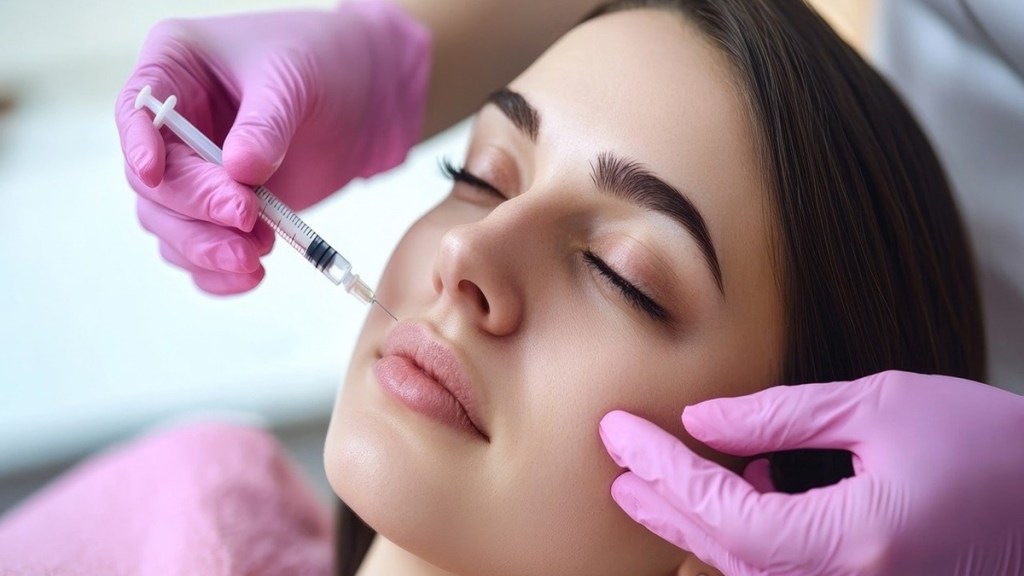Ever wondered about the difference between two popular cosmetic treatments—Botox and dermal fillers—and which one might be the best fit for you? Let’s break it down and simplify things.
According to Dr. Zara Dadi, Medical Cosmetologist, Aesthetician, and Anti-Aging Specialist, Botox, or botulinum toxin, is a neuromodulator that works by blocking nerve signals in the injected area. This action relaxes wrinkles in specific areas, making it an ideal choice for treating bothersome dynamic wrinkles, Dr. Dadi said.
While “Botox” is a well-known brand name, botulinum toxin is also available under other brands like Xeomin, Dysport, and Daxxify.
Contrary to the common misconception that it’s purely cosmetic, Botox has several medical applications, including:
- Migraines
- Bruxism (excessive teeth clenching)
- Excessive sweating (hyperhidrosis)
- And more
It’s important to note that botulinum toxin isn’t a permanent solution. Treatments typically need to be repeated every 4–6 months, depending on muscle activity, Dr. Dadi told Financial Express.com.
Dermal Fillers
As the name suggests, dermal fillers are used to “fill” or augment areas that require volume or enhancement. These fillers are made of various materials, with hyaluronic acid being the most common, followed by calcium hydroxylapatite and polylactic acid.
Common areas treated with dermal fillers include:
- Lips: To restore volume, address aging concerns, or simply enhance their shape
- Cheeks: To lift and restore fullness to sagging areas
- Nasolabial folds: To reduce laugh lines
- Chin: To create a more defined contour
- Under eyes: To fill hollow regions and reduce tired-looking shadows
- Static wrinkles: Where Botox isn’t effective
- Fillers typically last between 6 and 18 months, depending on the treated area and type of filler used.
Botox vs. Fillers: The Key Difference
Botox primarily addresses dynamic wrinkles caused by muscle movement, while dermal fillers target static wrinkles and areas needing volume or structural enhancement.
Interestingly, both treatments can complement each other and are often used together in the same session for a more holistic approach to rejuvenation.
Choosing the Right Practitioner
For a safe and satisfying injectable treatment, always consult a trained medical professional with in-depth knowledge of facial anatomy. This ensures that your treatment is tailored to your unique needs and delivers a safe, effective, and pleasant experience.
“Take the time to explore your options and choose the treatment (or combination) that’s best suited for you,” Dr. Dadi said.


